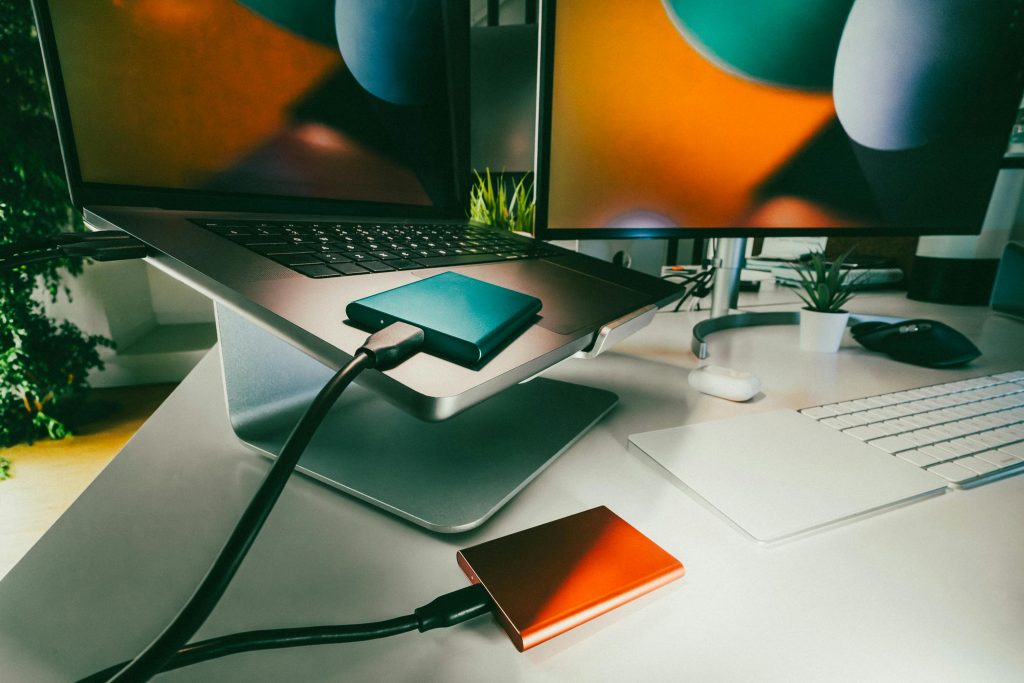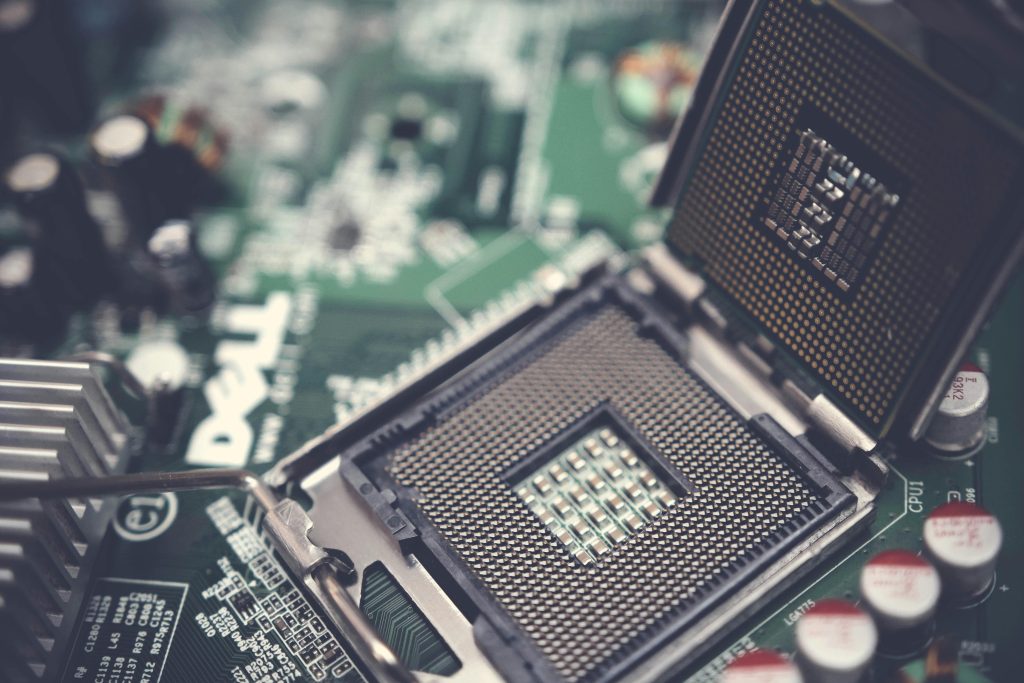Troubleshooting Boot Options: Resolving a Persistent Issue
If you’ve recently encountered a situation where only one boot option appears in your BIOS settings, you’re not alone. Many users face similar challenges, especially after their systems sit idle for an extended period. In this post, we will explore a specific case of disappearing boot options and provide actionable steps you can take to resolve the issue.
The Background Story
A user reported that after returning from university and attempting to boot up their PC for the first time in several months, they experienced boot issues. Initially, everything functioned fine, but one day the system simply failed to boot. After accessing the BIOS, they found that only one boot option was available, and their standard Windows boot entry was missing. Despite multiple restarts, the issue persisted, prompting the user to clean the hardware and reset the SSD cables with no improvement.
System Specifications
To provide context, here are the specifications of the system in question:
– Operating System: Windows 10
– Processor: Ryzen 5 5700X
– Motherboard: Gigabyte
– Power Supply: Corsair CX450
– Storage: 1 TB SSD
The user built this computer in 2020, raising concerns about whether age could be a factor in the persistent boot issues.
Steps to Consider for Resolution
If you find yourself facing a similar situation, consider the following troubleshooting tips:
-
Check BIOS Settings: Enter the BIOS again and ensure that the boot order is correctly set. Sometimes, changes can revert or settings may need adjustment after a reset.
-
Update BIOS: If your motherboard manufacturer has released a newer firmware version, updating the BIOS may resolve compatibility issues that affect boot options.
-
Inspect Hardware Connections: Since you’ve already cleaned and reset the SSD cables, consider reseating other components such as RAM and the power supply connections.
-
Test the SSD: If possible, use another computer or a USB adapter to verify if the SSD is detected elsewhere. This can help determine if the drive itself is malfunctioning.
-
Reset BIOS to Default: Sometimes, restoring the BIOS settings to their factory defaults can resolve configuration errors.
-
Check for External Devices: Ensure that there are no USB devices or external drives connected to the system during boot that might interfere with the boot process.
-
Seek Professional Help: If all else
Share this content:




Hi, thank you for sharing the detailed post. It sounds like you’ve already taken several good troubleshooting steps, such as cleaning hardware and resetting cables. When boot options disappear, it often points to issues with BIOS configuration or potential hardware problems. Here are some additional tips that might help:
If the problem persists after these steps, it might be beneficial to consult with a professional technician who can perform